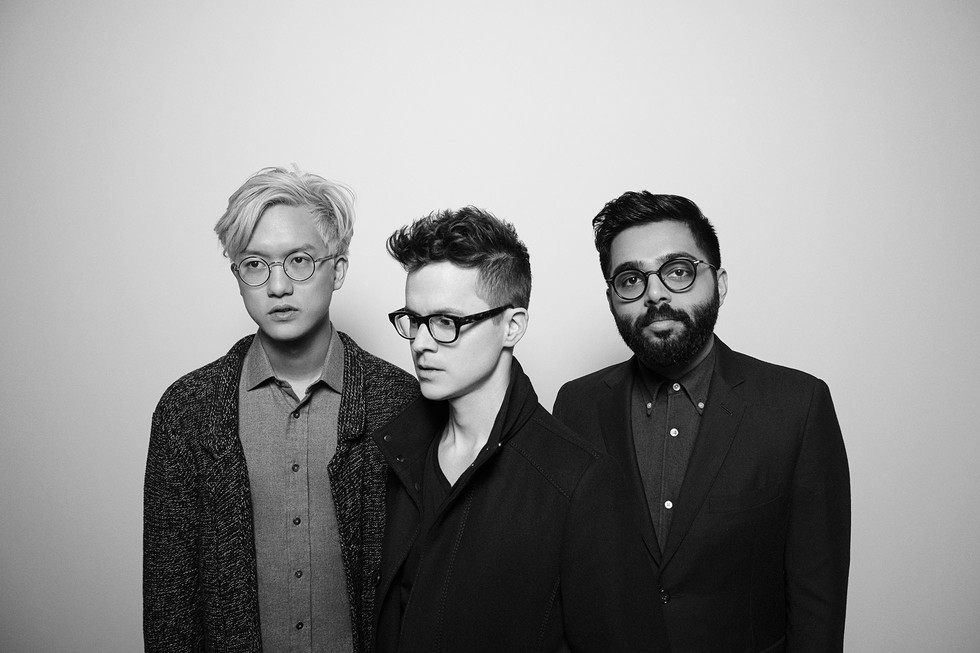A Celebration of Berlin's Beauty
Written by Giovanna Pisacane by Arda SarperIc! berlin, the initialism of “I see Berlin”, started in 1996 by co-founder and CEO, Ralph Anderl. “At the time I was writing my Ph.D. in cultural studies and two friends of mine, Philipp Haffmans and Harald Gottschling asked me to model their screwless hinge concept, which they were pitching to a big eyewear manufacturer”.
Fast forward to the present and ic! berlin glasses are available in over 60 countries and have been spotted on the faces of pop-royalty, Madonna and Alicia Keys, and household celebrities such as Brad Pitt and Morgan Freeman.
The patented screwless hinge system is what makes ic! berlin different from other frames. No screws means there is nothing that can fall out or break and the glasses can be broken down into their individual parts and rebuilt by hand, without requiring any tools (current world record: 3.3 seconds). This is made possible with an ingenious interlocking temple and removable clip, laser cut from sheets of stainless steel. The result is a featherlight eyewear that is astonishingly flexible and durable.
Anderl's mobile phone number is also written inside the case of every pair of glasses ever sold. “This way our customers can call and speak to me directly and let me know what they think about our products!”
The company has over 180 employees worldwide. Amusingly they're called “ic! berliners” and they each embody the ic! berlin ethos: equal parts hard work, dedication, passion and lunacy.
Anderl describes the brand has a Kulturfirma; a place where you can share your opinions and your art. This can be seen at the all-night “Drink and Draw” evenings, special events regularly held in the company basement. “There is music and drinks, but the difference from a regular nightclub is that you can also draw amongst your professional peers”. This isn't the first time the company has shown itself to be an environment that welcomes artistic expression. In 2013 artist Friedrich Liechtenstein spent one year living inside the building, since at the time he had no place to stay. Liechtenstein is the pseudonym of Hans-Holger Friedrich, a former puppeteer, classically trained actor and artistic director of Berlin's Hansa theatre. This was part of a project called “The Big No”, a 100-day abstinence from technology, modern comforts (he slept on milk crates), consumerist culture and from rent. The “Ornamental Hermit” ended up staying over a year.
The company values are expressed in the product itself. In the latest 2015/16 “Crew” Collection each variation is named after the ic! berlin crew, the 180, odd ic! berliners across the world; Sofia P. (graphic designer), Justin H. (copywriter), Christina H. (office manager) are not just employees, they also model for the campaigns and catalogs - a subtle celebration of Anderl's own modeling experience, some 20 years ago, for the company that would become ic! berlin.
This summer a new collection is set to be released in collaboration with George Bamford, founder of Bamford Watch Department, a unique company dedicated to the modification of luxury watches produced by big names such as Rolex.
“When you visit Berlin, we should organize an Italian party at the company!”, Ralph's way of saying he enjoyed our chat.

























